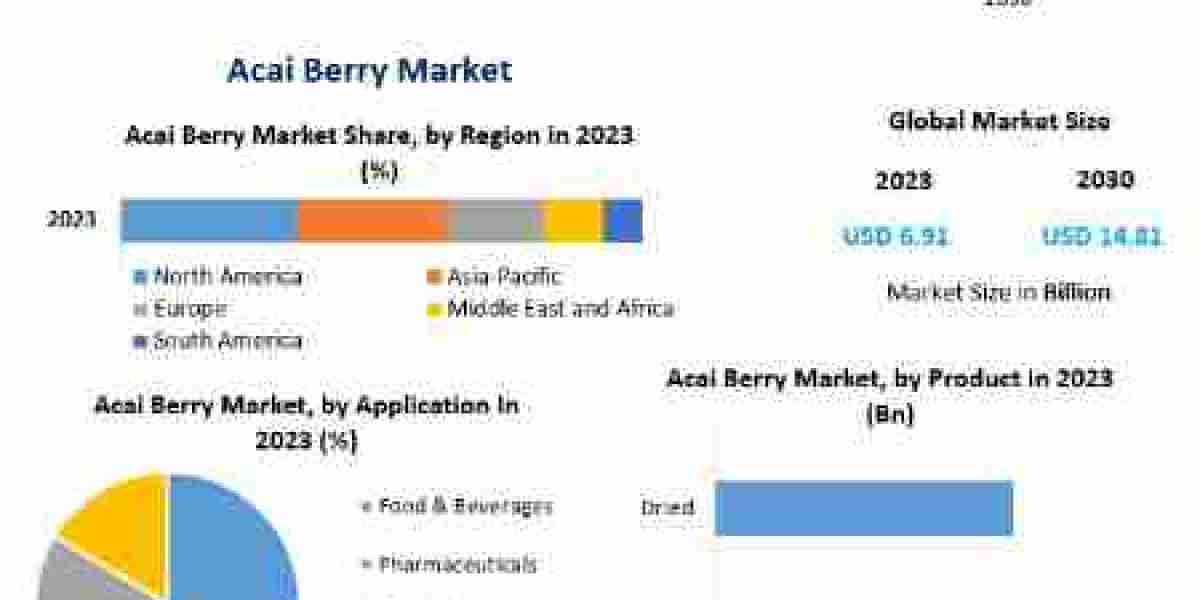The near field communication market has become highly competitive as global demand for contactless technologies continues to surge. Major industry players are racing to gain a competitive edge through technological innovation, geographic expansion, and strategic partnerships. As NFC technology finds applications in payments, retail, transportation, and healthcare, the market has attracted numerous multinational corporations, start-ups, and regional specialists aiming to carve out their space in this growing ecosystem.

Understanding the Competitive Landscape
The NFC market features a blend of technology providers, chip manufacturers, software developers, and device integrators. The competitive dynamics are shaped not only by market share but also by the companies' ability to offer integrated, secure, and scalable solutions.
Market leaders typically have a strong presence in mobile devices, digital payment ecosystems, and IoT infrastructure, enabling them to drive end-to-end NFC solutions. However, new entrants and smaller players are disrupting the status quo by focusing on niche applications and innovation in low-cost, high-efficiency NFC products.
Key Players in the NFC Ecosystem
Several major companies dominate the current NFC landscape, including:
1. NXP Semiconductors
NXP is widely recognized as a pioneer and market leader in NFC chip manufacturing. The company supplies secure elements and NFC controllers used in smartphones, wearables, and contactless cards. NXP’s partnerships with smartphone manufacturers and payment companies give it a substantial lead in both hardware and software support.
2. STMicroelectronics
STMicroelectronics has carved a significant position by offering secure, low-power NFC chips tailored for industrial and IoT applications. Its collaborations with car manufacturers and smart device makers have expanded NFC use beyond retail payments.
3. Sony Corporation
Sony introduced NFC technology in the early 2000s and remains influential through its Felica platform, which is widely used in Japan for transit and mobile payments. The company has also developed proprietary NFC solutions for consumer electronics and gaming devices.
4. Broadcom Inc.
Broadcom provides NFC connectivity solutions for mobile and embedded systems. Its focus on high-performance chips and integration with Wi-Fi and Bluetooth has made it a strong competitor in multifunctional chip markets.
5. Qualcomm Technologies
Qualcomm integrates NFC into its smartphone chipsets, particularly in 5G-enabled devices. Its competitive advantage lies in combining communication, processing, and security functions in a single platform—ideal for mobile payments and IoT devices.
Strategic Approaches Driving Competition
Companies in the NFC market are leveraging several strategic approaches to outpace rivals:
Product Innovation: Leading players are investing in R&D to develop thinner, more efficient, and secure NFC chips compatible with various devices.
Vertical Integration: By integrating NFC into their broader product ecosystems (e.g., mobile phones, smart watches, home appliances), companies can ensure better performance and security.
Partnerships and Alliances: Collaborations with financial institutions, mobile payment platforms, transit authorities, and smart city developers are helping companies expand their reach.
Geographic Expansion: Market leaders are aggressively targeting emerging economies in Asia-Pacific, Africa, and Latin America, where digital payment adoption is accelerating.
Challenges Facing Competitive Players
Despite strong competition, companies face challenges that influence their market strategies:
Regulatory Standards: Differing compliance requirements across regions may complicate market expansion or require costly product customization.
Price Competition: As more low-cost players enter the market, price wars can erode margins for established brands.
Technological Disruption: Advancements in alternative technologies such as Bluetooth Low Energy (BLE) or Ultra-Wideband (UWB) may pose threats to NFC’s dominance in certain applications.
Security Concerns: Companies must constantly upgrade their offerings to address rising cybersecurity threats, especially in finance and healthcare sectors.
Emerging Competitors and Start-Ups
In addition to global giants, smaller players and start-ups are emerging with niche NFC solutions:
Identiv, Inc. – Focused on secure access control and identity verification solutions, especially in enterprise environments.
Thinfilm Electronics – Specializes in printed NFC tags for smart packaging, enabling interactive marketing and supply chain visibility.
Flomio – Offers developer-friendly NFC readers and SDKs for creating custom NFC-based experiences in retail and events.
These companies are bringing fresh innovation and agility to the competitive landscape, challenging incumbents and expanding the market's boundaries.
Competitive Outlook and Future Trends
Looking forward, the competition in the NFC market is expected to intensify as demand grows across sectors. Integration with blockchain, biometrics, and AI is likely to open new use cases and intensify the technological arms race among market players.
Meanwhile, the rise of sustainable technology is encouraging the development of recyclable NFC tags and energy-efficient chips. Players who align their offerings with sustainability goals may gain long-term competitive advantages.
Conclusion
The near field communication market is witnessing a dynamic competitive environment shaped by rapid innovation, strategic collaborations, and diversified product offerings. Leading companies are expanding their influence across various sectors, while new entrants continue to disrupt with specialized and affordable solutions. As NFC becomes an indispensable component of the digital economy, competition will remain fierce—but also fruitful—for players committed to innovation, security, and user experience.




